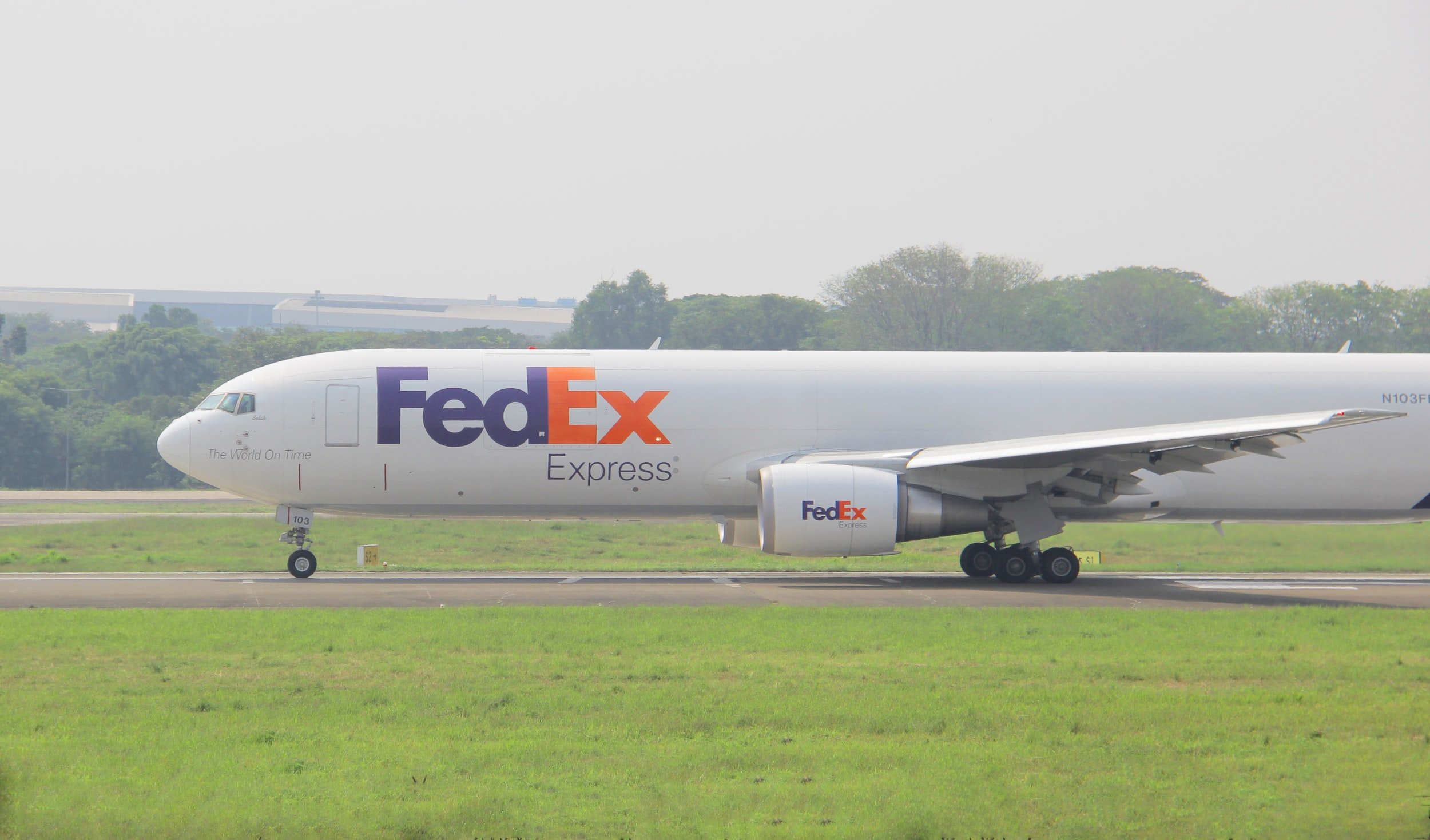FedEx preparing “dynamic pricing” for better profit during peak season
With so much loss in package volume this year, FedEx is strategizing to maximize its efforts and make as much money as possible from every single delivery. FedEx Express reported a daily volume drop of 14% in the most recent quarter. However, with this company’s ability to adjust surcharges, they absorbed $150 million in profit over last year’s peak season.
The dynamic pricing that FedEx is utilizing changes the surcharge based on individual’s weekly peak factors. This means that the parcel delivery company will track how many extra packages a customer has been shipping compared to a different time of year. The extra shipping behavior is likely to occur around Christmas, which means surcharge fees increase the closer to the holiday season that an individual or company ships goods. In addition to these standard surcharges, FedEx may also apply dynamic surcharges that are adjusted based on market conditions or other factors. For example, during periods of high demand or when shipping to certain areas is more difficult, FedEx may adjust its surcharges accordingly to reflect the additional costs of providing shipping services under these conditions. FedEx's surcharge dynamic pricing is designed to allow the company to adjust its prices based on the specific circumstances of each shipment, ensuring that it can cover its costs while providing reliable and efficient shipping services to its customers.
In the fast-paced world of logistics, FedEx and UPS are making some big changes.
FedEx might actually benefit from losing its colossal contract with the U.S. Postal Service, according to Brandon Oglenski, an analyst at Barclays Bank.
Salt Lake Trucking Group (SLTG) was found guilty of fraud charges following reports by Gephardt Daily that the company received $108 million from FedEx through deceptive practices over the past ten years.
FedEx is set to launch a new "data-driven commerce platform" called fdx in the fall, offering comprehensive e-commerce solutions for online merchants.
UPS and FedEx have decided to extend their demand surcharges for additional handling and large packages, despite lower year-over-year volumes.
FedEx is anticipating a significant loss of business with the U.S. Postal Service when its current contract expires.
The US Courier, Express, and Parcel (CEP) market has seen a decline in demand and a shift in consumer spending patterns, leading to decreased package deliveries.
FedEx Freight is anticipating continued challenges in volume levels and profit margins in the next quarter, despite implementing cost-cutting measures.
FedEx does not expect any significant benefits from the ongoing labor negotiations between UPS and the International Brotherhood of Teamsters, according to EVP and Chief Customer Officer Brie Carere.
FedEx has recently announced that they will be combining their ground and express services, but this move may cause more problems than they anticipated.
With so much loss in package volume this year, FedEx is strategizing to maximize its efforts and make as much money as possible from every single delivery.
FedEx penned a company message to customers and shippers, warning them that there is a potential UPS employee strike underway.
In February, a FedEx cargo plane narrowly missed a Southwest Airlines jet by passing over the plane on the jetway.
The FedEx Express pilot union, also known as the Air Line Pilots Association, International (ALPA), represents the pilots who fly for FedEx Express.
The DRIVE program is focused on optimizing FedEx's pickup and delivery operations through the use of new technology and data analytics.
Some of the largest parcel-delivery carriers in the country are raising their prices higher than in their entire history.
While some are concerned about UPS and FedEx shipping rate increases, it also looks like you can’t look anywhere else for lower prices.


















FedEx and UPS have introduced Delivery Area Surcharges (DAS) in 82 additional ZIP codes across the US, covering nearly 1% of the population.